A copy and update of the AMBER page from 2008
Calibrating interferometric data is a very tough task as it is the equivalent in image processing of a deconvolution process. Therefore a great care should always be taken when selecting a calibration star for an interferometric observation. In the past years, several studies have been conducted and different tools have been developped to retrieve calibration stars from a given science star.
Therefore, different tools exist (it is the purpose of this page to list them) that will give different results and one has to keep in mind that a « good » calibration star is always :
- as close as possible to the science star, to minimize instrument systematic changes effects,
- a small star (i.e. typically D<1mas for VLTI in the K band and the longest baselines),
- non-variable,
- non-binary,
- preferably already measured with a direct technique (interferometry, lunar occultations, etc.),
- >preferably also a good spectrophotometric calibrator (i.e. a star of spectral type A or K with no spectroscopic feature in the K band).
On the ESO website, concerning AMBER calibrators, one could read the following :
We recommend to select a calibrator from CalVin so that more detailed knowledge on these calibration stars will be acquired rapidly. However, the user has as well the option to use a calibrator which is not in the CalVin database.
Therefore, this page is meant to list the different tools that exist to find calibration stars for interferometry. They are mainly separated in two different types :
- catalog databases, compiled from direct and indirect measurements of the stellar diameters,
- on-line tools to perform a query with several different techniques.
Calibrators catalogs
- The published catalogs can be directly queried from vizier, and therefore this is an easy way for finding rapidly a calibration star. However, one must be careful that these catalogs often contain measured diameters of very different types of stars, which means they are not always good calibrators.
- A list of calibrators measurements from NPOI has also been compiled by Christian Hummel, and one may browse through it to find calibrators.
- Also, an IAU working group on calibrators has been formed, and a preliminary page of the corresponding work can be found here
- Finally, a calibrators black list, initially compiled by John Monnier, is hosted by IAU. One should always check if a potential calibration star is in it and check if it could impair the proper calibration of their data
Online tools
The different online tools to find calibrators are the following :
- searchCal, which uses a specific color index method to retrieve diameters. searchCal is also embedded as a module of ASPRO, a generic observation preparation software,
- getCal, which uses SED fitting methods,
- and finally calVin, which makes an automated search amongst a static calibrator database which is maintained by ESO.
This information can be also found on the OLBIN calibrator catalogs webpage and also on the IAU working group webpage
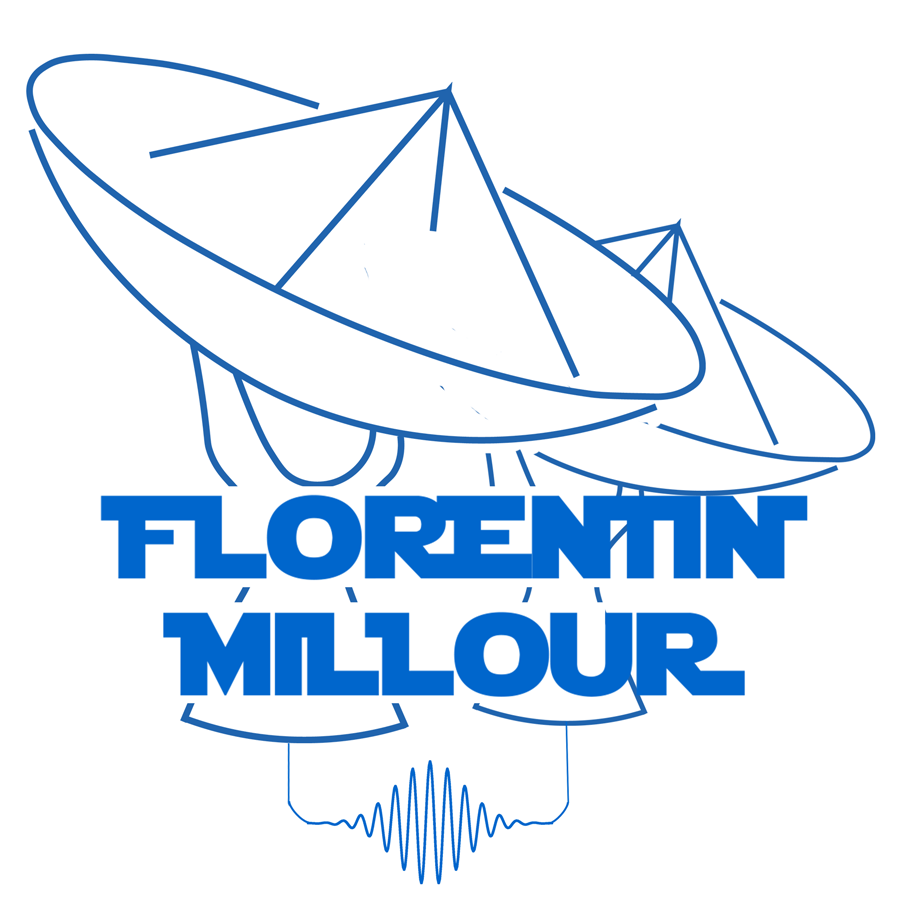





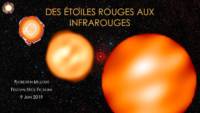
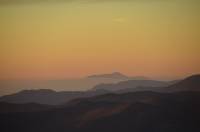

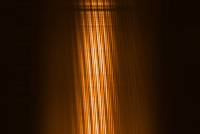
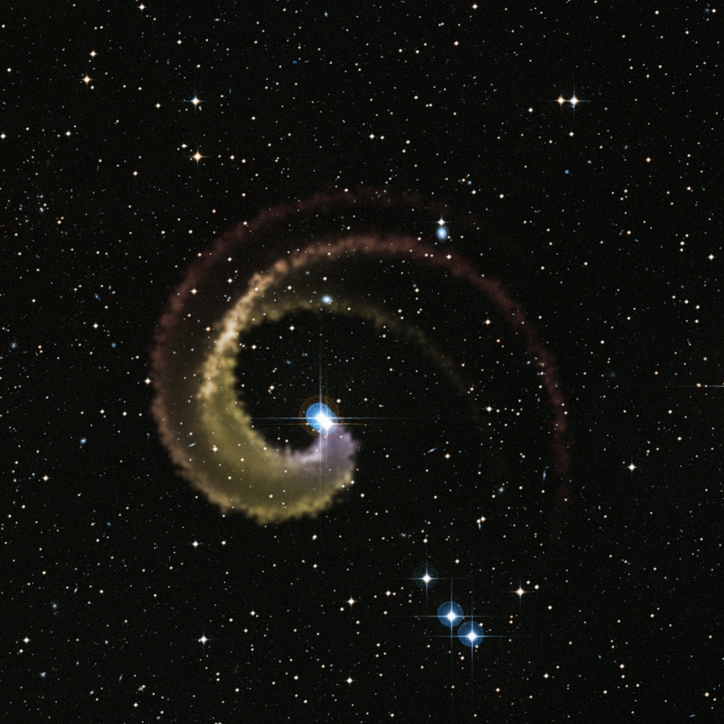









Commentaires récents